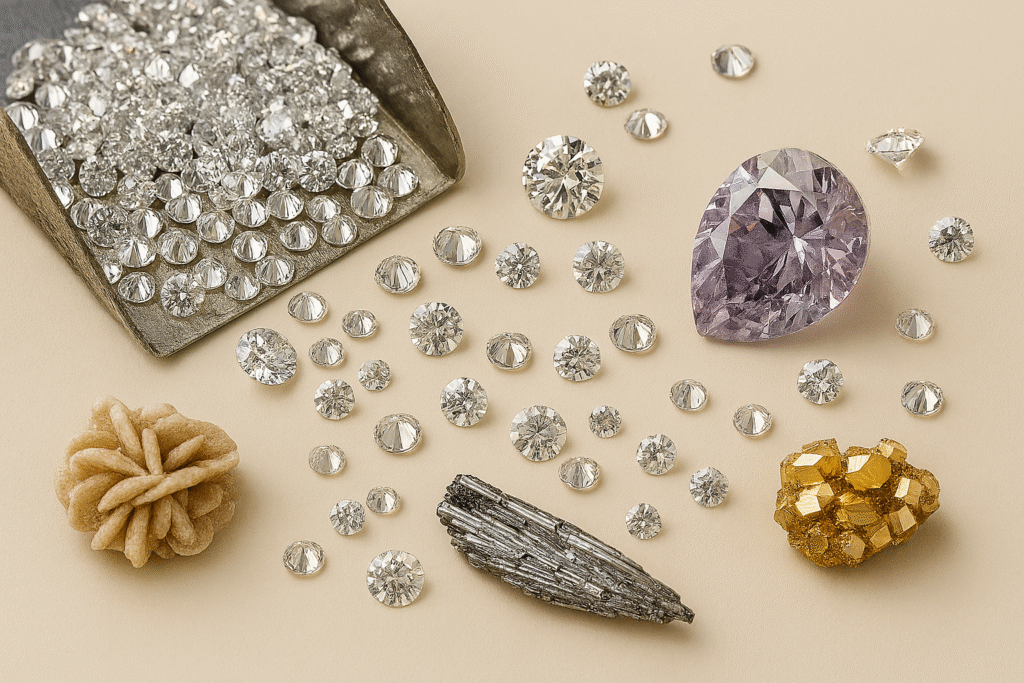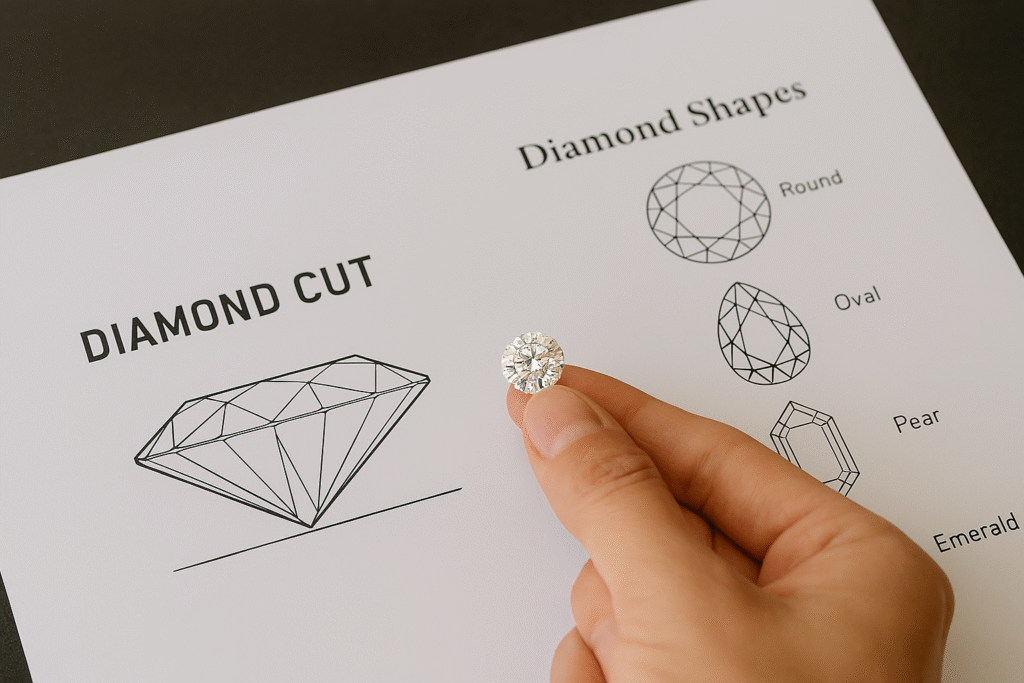Cheap diamond melee often means poor cut, weak color, or questionable sourcing. Learn why chasing the lowest price can cost you more in the long run.
Why the Lowest Price Comes with Hidden Costs
When you see diamond melee priced far below the market, stop and ask why.
No seller gives away value for free. Something has been sacrificed.
What You Lose with Cheap Melee
- Cut Quality
The sparkle of melee comes from cut. Low-cost stones often have shallow or deep cuts that look dull in jewelry. - Color and Clarity
Bargain melee may include yellowish or cloudy stones. They might look acceptable in bulk, but in fine settings, the difference is obvious. - Ethical Sourcing
Extremely cheap parcels raise red flags. Were the diamonds sourced responsibly? Were labor standards respected? If the answer is unclear, the low price has another cost.
A Practical Example
A jeweler buying melee at 20% below average price saves money upfront.
But when clients return complaining that their ring looks lifeless, the reputation damage costs much more than the savings.
Questions to Ask Before You Buy
- Does the seller provide grading or certification for melee?
- Are you shown a mixed parcel, or can you select consistent stones?
- What is the price difference compared to reputable suppliers, and why?
Why Paying Fair Price Matters
Spending slightly more gets you:
- Better sparkle and brilliance
- Consistent color that lifts the whole piece
- Confidence that your diamonds were sourced ethically
Final Thought
If a melee price looks too good to be true, it probably is.
You are not just buying tiny diamonds. You are buying the quality, beauty, and trust that go into your jewelry.
A clear guide explaining why the cheapest diamond melee is rarely the best choice. Covers hidden compromises in cut, color, and sourcing, with practical advice for buyers who want lasting value and ethics in their purchase.



